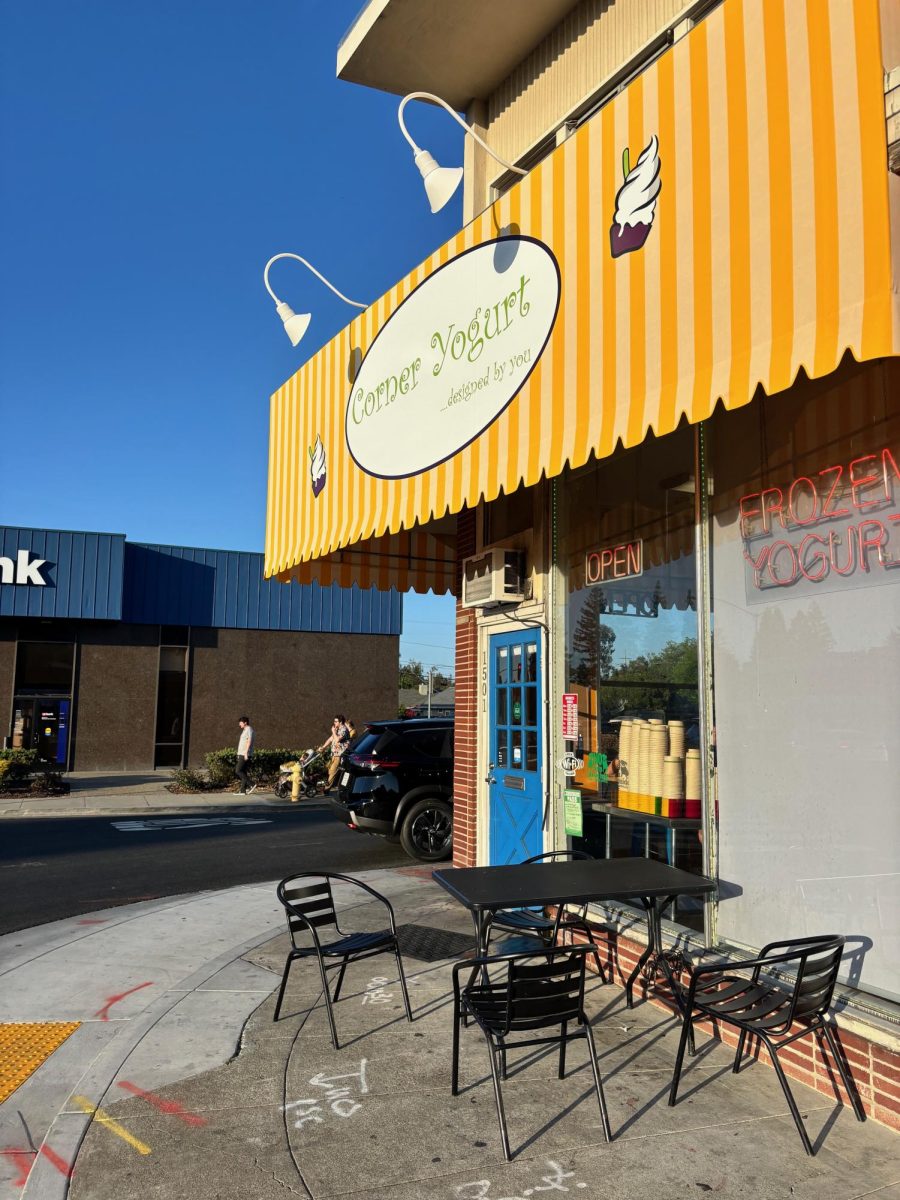A driver’s license has been a rite of passage for countless teenagers and people growing up, developing a unique sort of freedom for them. However, in modern times, this timeless idea of a license has begun to waver.
In the state of California, people are able to get their driver’s permit at the age of 15 and a half, with the requirement that they complete a driver’s education course, as well as pass the written exam. Then, people are able to get their full license after holding their provisional license for at least six months, taking six hours of professional driving training, and completing 50 hours of driving practice with a certified adult 25+ years old, with at least 10 of those hours at night. These requirements have been developed over time in order to ensure that the roads are safe, full of responsible and capable drivers. Some teens do not look to immediately get their license, and others jump on the opportunity to. Sophomore AJ Costa has been working towards attaining the driver’s provisional license, and eventually a license, but has encountered some struggles with the system, working towards a license but needing to retake the written permit test for a second time.
“I think it doesn’t take a lot of work, you just have to know what to study,” Costa said. “The only reliable source to study is the actual DMV [driver’s] handbook, because if you try to use the practice tests, they’re not going to help.”
Costa said that a driver’s license is something to strive for, and is something that has to be earned.
“[A driver’s license] is a privilege, but it’s [also] a responsibility,” Costa said. “I would feel more free if I could drive, and go places.”
Spanish teacher Molly Carol Nixon said that students would have a variety of factors to consider when they look to get a license.
“If they live in a city that has good public transportation, they’re not going to have to rely on a car,” Nixon said. “I think what really determines [students wanting to drive] is how isolated they are from public transportation, or if they have someone driving them around.”
Some students still jump at the opportunity to get their license, such as sophomore Kehau McCarthy, who is glad he got his license.
“[I had] a lot of encouragement from my parents, [and] after getting [my license], it’s been really useful,” McCarthy said. “I’m glad they encouraged me, [after] prompting started I was doing the first step, which is learning the knowledge, and that was kind of slow, kind of sucked, but eventually I got it done.”
McCarthy is thriving with his license, and said that it is an important thing to work towards.
“[Being able to drive] is very freeing, I can go over to my friend’s house a lot more, I feel like I’m more free to do things on a whim,” McCarthy said. “[For example,] if I really want food, even if it’s something [out of the way], like I want to spend half an hour driving somewhere to get some bowl of soup, I can do that [now].”
Ultimately a driving license helps students in one key way.
“What students get out of driving is they get to be able to transport themselves, if they’re dependent on their parents, [that] is problematic,” Nixon said. “Once they can drive, then they have their own independence to get around and also develop the maturity of an independent life.”






